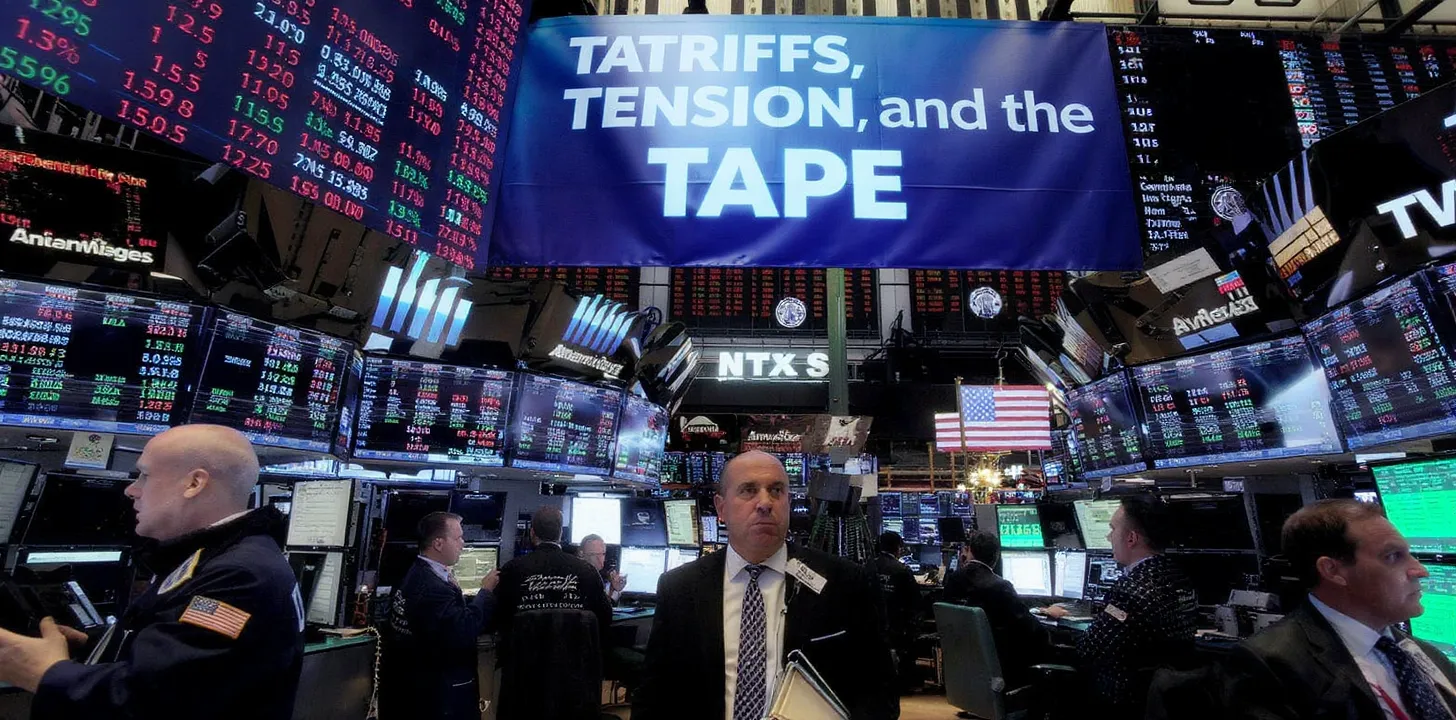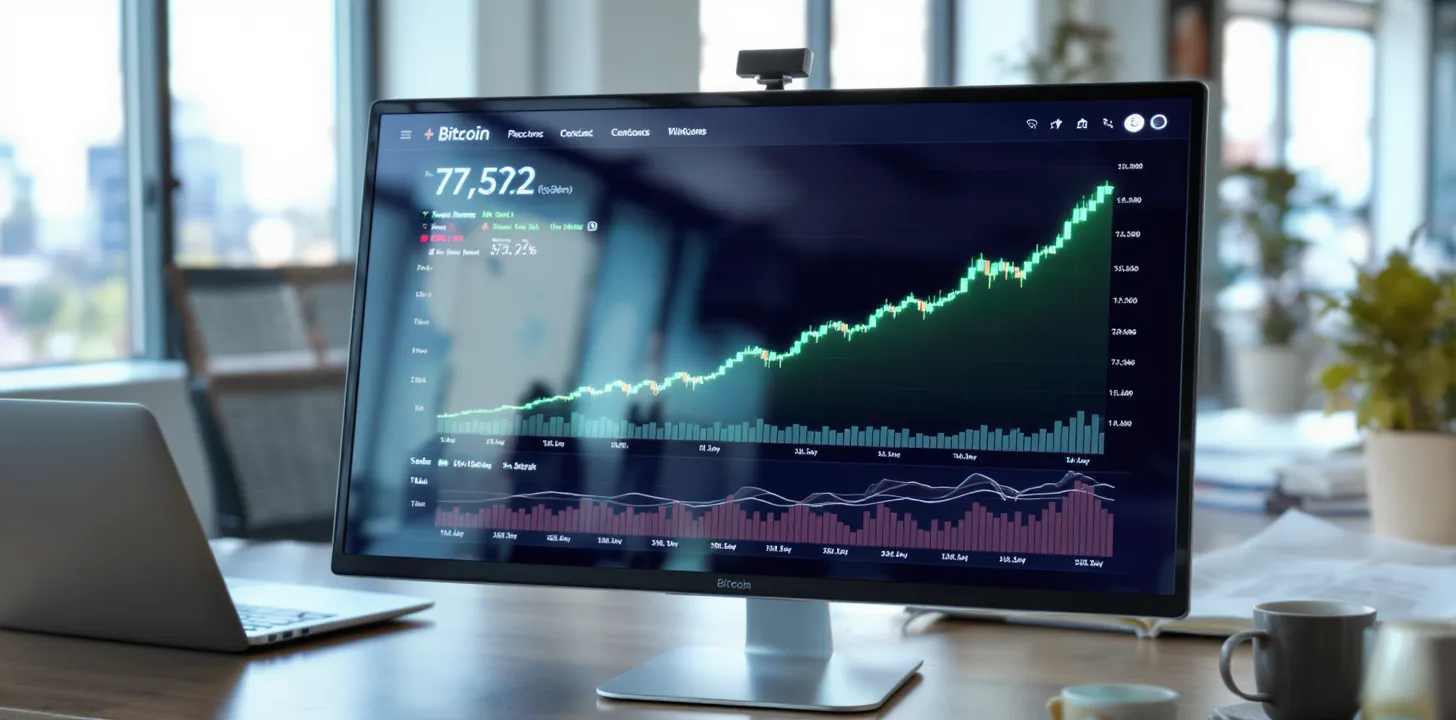Tariffs and Inflation – A Global Growth Perspective
Tariffs, or import taxes imposed on foreign goods, have long been used as a tool to protect domestic industries. However, their effects on inflation and economic growth can be complex, impacting prices, business costs, and investment flows. This blog explores how tariffs influence inflationary pressures and economic expansion while analyzing their broader effects across sectors and asset classes.
How Tariffs Impact Inflation
Tariffs increase the cost of imported goods, which directly raises consumer prices. Businesses often pass these costs onto consumers, leading to higher inflation. Key inflationary impacts include:
- Cost-Push Inflation: Rising input costs for raw materials and intermediate goods cause production expenses to increase.
- Supply Chain Disruptions: Tariffs often lead to reconfigurations in supply chains, adding inefficiencies that further drive up costs.
- Consumer Price Hikes: Higher prices reduce consumer purchasing power, potentially slowing down economic activity.
Growth Dynamics: Slowing or Shifting?
While tariffs are intended to protect domestic industries, they can sometimes stifle overall economic growth. Some key growth-related effects include:
- Reduced Trade Volumes: Higher trade barriers lower the volume of imports and exports, impacting economic expansion.
- Retaliation from Trading Partners: Other countries often impose counter-tariffs, further limiting trade and reducing market access for businesses.
- Investment Uncertainty: Businesses may hesitate to expand or invest due to unpredictable tariff policies.
Sector-Specific Impacts
Different sectors experience tariffs differently based on their reliance on international trade:
- Manufacturing & Industrial Sectors: Increased raw material costs (e.g., steel and aluminum tariffs) make production more expensive.
- Technology Sector: Tariffs on semiconductors or electronic components disrupt global supply chains, delaying product rollouts.
- Agriculture: Tariffs on agricultural exports can hurt farmers, especially in retaliatory trade disputes.
- Consumer Goods & Retail: Higher import duties on clothing, automobiles, or appliances lead to increased retail prices, reducing consumer demand.
Asset Class Reactions
Financial markets react to tariffs in various ways:
- Equities: Stock markets tend to decline in response to tariff increases, especially in trade-sensitive sectors.
- Commodities: Tariffs on raw materials like oil, steel, and aluminum can drive price volatility.
- Currencies: A country imposing tariffs may see its currency strengthen in the short term due to reduced import demand but weaken if trade slows.
- Bonds: Higher inflation from tariffs may push central banks toward tighter monetary policy, impacting bond yields.
Conclusion
Tariffs have widespread implications beyond trade disputes. While they can protect domestic industries in the short term, they also contribute to inflationary pressures, slow global economic growth, and create market volatility. Policymakers must weigh these risks carefully to ensure a balanced economic approach.



